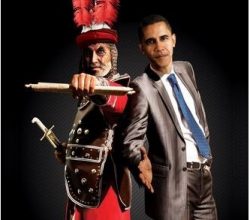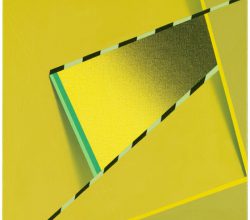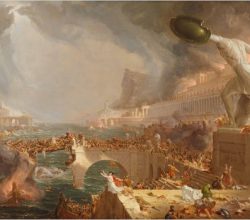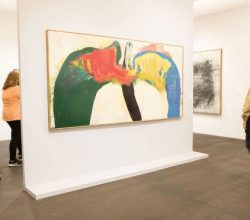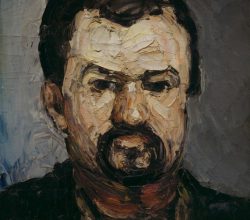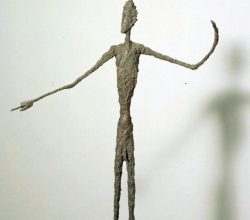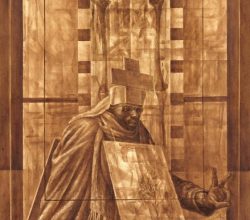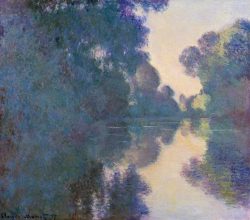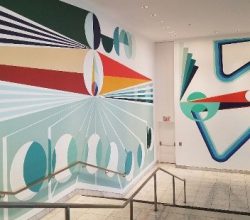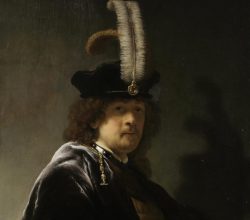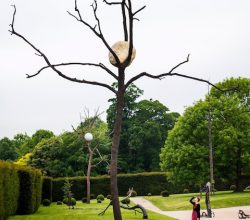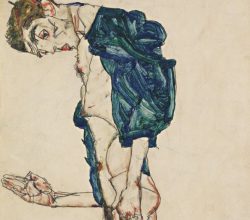
Egon Schiele’s God of Desire
Thomas Micchelli | Hyperallergic | 6th June 2018
Schiele’s works still shock. They exude a sense of angst that somehow prevails over the eroticism and nudity. “Klimt [Schiele’s mentor] suffused his pictures with the heady, aphrodisiac perfume of fin de siècle Vienna, while Schiele scraped the era’s fecal underside.” More and more, says the writer, history’s judgement is appreciating the latter. More images are here.

